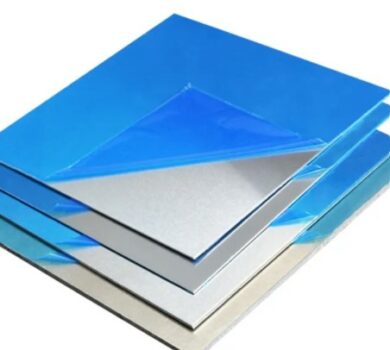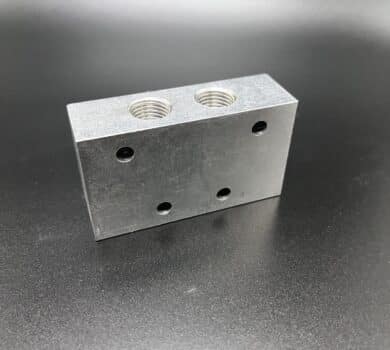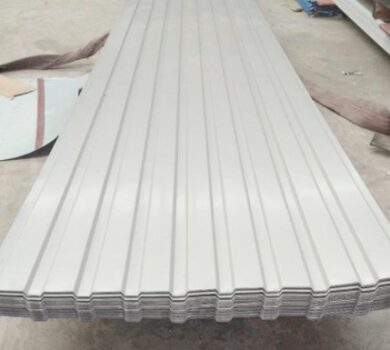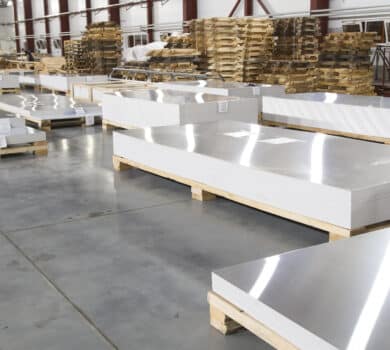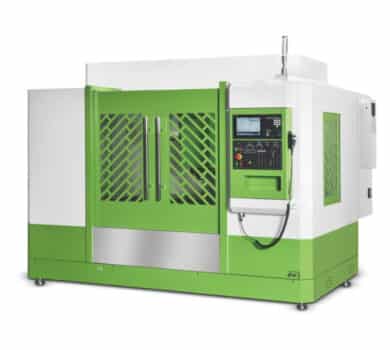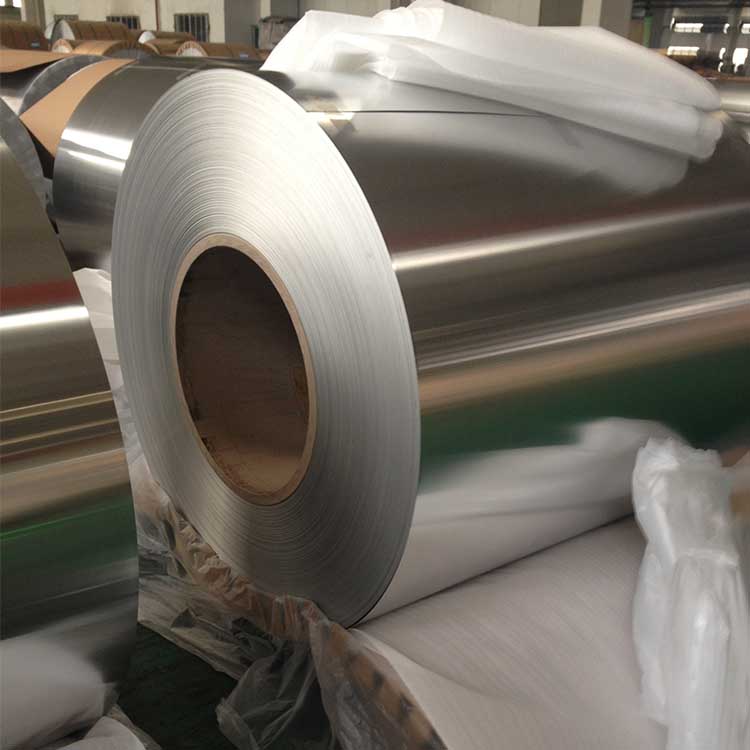Aluminum is the third largest element in the earth’s crust, with abundant reserves and no theoretical shortage. However, the refining of aluminum ore into metallic aluminum requires a large amount of energy consumption and emits a large amount of greenhouse gases. The production of 1 ton of aluminum consumes 9.6 tons of coal and emits 12 tons of carbon dioxide; the production of 1 ton of steel consumes 0.7 tons of coal; a difference of 13 times, so aluminum is much more expensive compared to steel, the price difference is generally 5-6 times. Aluminum is very widely used, in the past 60 years, aluminum production growth of nearly 40 times, the growth rate is 5 times the steel industry. Therefore, the recycling of aluminum is not only to save resources, but also to reduce energy consumption and protect the environment.
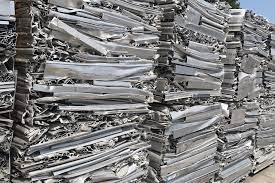
Global recycled aluminum aluminum consumption and demand trends
In 2016, the total global aluminum consumption exceeded 75 million tons, a year-on-year increase of 5%. Total global aluminum consumption is expected to reach 110 million tons by 2020. Construction, automotive and packaging together account for two-thirds of total demand. In the more developed countries with industrial economies, the utilization rate of aluminum recycled raw materials is high. The utilization rate of recycled aluminum in the United States is around 80%, and Japan, Germany, including the United Kingdom, Italy and other countries have also achieved efficient utilization of recycled aluminum. Higher aluminum production will inevitably drive the growth of scrap production, and in 2016, the total global recycled aluminum consumption reached 20 million tons, an increase of 5% year-on-year. It is expected that by 2020 the total global recycled aluminum consumption will exceed 25 million tons.
Wide prospects for the aluminum scrap market
At present, the overall scale of China’s recycled aluminum industry is around 10 million tons, mainly dominated by domestic recycling.In 2016, the aluminum alloy produced by recycled aluminum enterprises is estimated to be around 8 million tons, of which 90% are cast aluminum alloys and 10% are forged aluminum alloys (6-series alloys); and the new scrap that has been transformed internally by aluminum processing enterprises is around 2 million tons. Currently, the market is discussing the problem of aluminum surplus, but there will be no surplus of recycled aluminum, more recycled aluminum, and then put into the recycling industry, the prospect is getting better and better, and the opportunity will be more and more.
Aluminum alloy produced by recycled aluminum in 2016 is estimated to be around 8 million tons, of which 90% is cast aluminum alloy, 10% is forged aluminum alloy, after the transformation and scrap within the aluminum processing enterprises is roughly around 2 million tons. There are 6 kinds of raw materials into the recycled aluminum enterprises, casting aluminum alloy new scrap accounted for 15-20%, casting aluminum alloy old scrap (imported) accounted for 19-22%, casting aluminum alloy old scrap accounted for 15-20%, forging aluminum alloy new scrap accounted for 20-25%, forging aluminum alloy old scrap accounted for 25-30%, and finally, aluminum ingots (AI00) accounted for 10-15%.
China’s aluminum alloy scrap import trend
Looking at China’s aluminum alloy scrap imports, the top five countries and regions in 2016 aluminum scrap imports in the following order: the United States 29.70%, Hong Kong 19.04%, Australia 16.52%, Malaysia 14.15%, and the United Kingdom 6.36%. 2015 annual exports to China in the following order of countries and regions: the United States 30.70%, Hong Kong 15.98%, Australia 15.79%, Malaysia 11.69% and Germany 4.98%. Compared with the 2016 exports of aluminum-containing scrap to China, the proportion of exports from Hong Kong, Malaysia and the United Kingdom increased.
However, from the customs data, China’s aluminum alloy scrap imports have been rising from 2001 to 2010, with imports reaching a maximum in 2010, and imports have been on a downward trend in recent years. What causes, mainly because the number of domestic aluminum scrap in the growth of domestic recycling partially meet the supply of raw material demand of domestic recycled aluminum enterprises. Shanghai Singer, for example, has been relying on imports before, in recent years, imports are less and less, but the output has not been reduced, which shows that China’s scrap market is becoming more and more rich in resources.
China’s aluminum alloy scrap incremental growth trend
China’s electrolytic aluminum production has ranked first in the world for 16 consecutive years since 2001, with a total of 230 million tons produced during the period.
In 2016, China’s per capita aluminum consumption has reached 24 kg/person, with a per capita reserve of 130 kg, totaling 178 million tons. To a certain extent, there is a correlation between the level of people’s living standard and aluminum consumption, and the higher aluminum usage proves that the living standard is improving, a new index recognized internationally. China as the largest consumer of aluminum, but also the largest use of the country, a large population, industrial technology is complete, is the development of advantages, GDP growth is inseparable from the development of the aluminum industry. So the use of aluminum is rising, both for aluminum processing, or scrap aluminum development prospects are particularly optimistic. It is expected that by 2020, China will enter the peak period of aluminum consumption, per capita consumption will reach 35 kg.
China’s aluminum alloy scrap is in a period of high growth before 2025, and China will become the world’s main source of aluminum scrap raw materials by 2025. It is expected that in 7 or 8 years, the amount of imported aluminum scrap will not be reduced, and with the increased production of aluminum scrap can also be exported. Aluminum scrap will be made into products for export, there are already companies have aimed at this market. Not only is the aluminum scrap market, there are related to aluminum scrap industry extension, such as aluminum ash produced nearly 10 million tons a year, the state requires disposal, this industry extension will be a great economic value, aluminum ash can be refined a lot of aluminum. Again, such as the use of scrap aluminum cans, cans, cans, the problem now by the national attention, the state is also actively promoting the development of the industry, there are enterprises began to set up a company recycling, efficient cooperation to solve this problem. 650,000 tons of waste cans production in 2016, the manufacture of cans are in addition to the bottom and the top, the other are high-quality aluminum, the technical field before the degradation of the use of the methods adopted, and how to achieve the use of grade preservation after the use of the? Restore the use? This is a technical problem to be explored.
